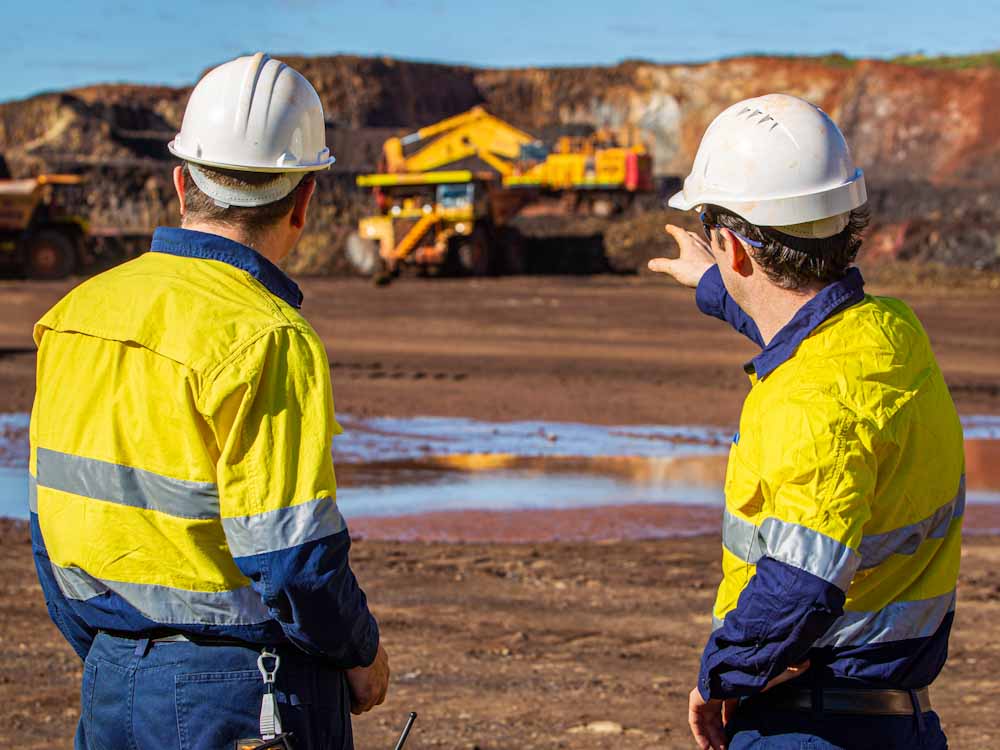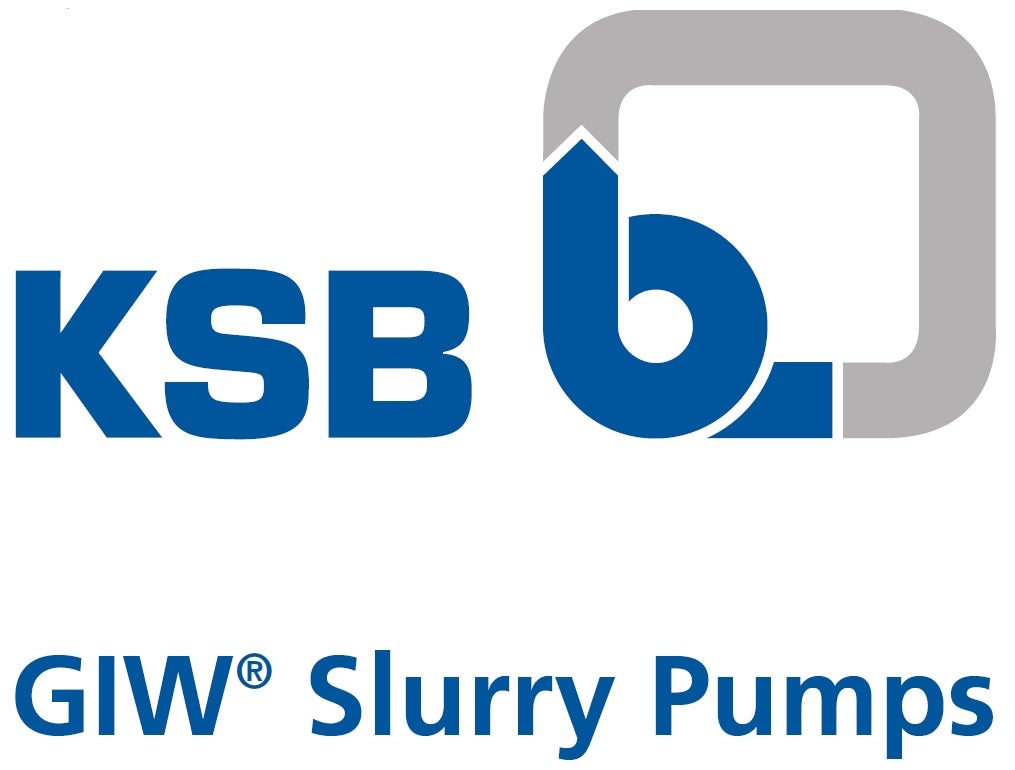
Original equipment manufacturers (OEMs) are fundamental to the mining industry, offering specialised services for system analysis, laboratory testing, installation, start up, on-site maintenance, spare parts inventory, and inspection.
Furthermore, as the mining industry seeks to improve energy efficiency, reduce greenhouse gas emissions, and minimise environmental impacts, OEMs can help deliver these objectives.
By providing a full range of services and support, OEMs contribute to the overall goal of ensuring that operations are economically viable, safe, and sustainable.
However, OEMs also face the challenge of planning for future growth and opportunities. To stay ahead of the curve, it is important to examine the latest trends in markets and emerging technologies and develop the best solutions for the future.
Current mining industry priorities
Reducing carbon emissions is a key priority across all mine operations. In April, a poll by MiningTechnology.com found that for strategic priorities over the next two years, a reduction in operational emissions came top.
When asked about the biggest priority for the mining sector for the next few years, 29% of respondents cited a reduction in operational emissions, followed by 24% for increased exploration activity.
Mining companies have been making significant progress in developing decarbonisation strategies. Many have set ambitious targets for reducing Scope 1 and 2 emissions and achieving net zero within the next three decades or so.
The adoption of renewable energy has been critical in helping to achieve these goals. The use of on-site power plants or power purchase agreements (PPAs) in support of targets and the electrification of diesel-powered fleets are seen as essential in achieving long-term emission reduction targets and minimising the carbon impact of the mining sector.
Improving safety, production of transition metals and productivity enhancements were also cited in the GlobalData survey as being high priorities. Safety remains a constant priority in the mining sector. There have been notable improvements in recent times, with the US National Mining Association (NMA) reporting a 56% cut in injuries and a 63% reduction in fatalities in US mines over the last 15 years.
Meanwhile, transition metals are set to grow, with production of copper, nickel and cobalt all forecast to rise by approximately 4% per year to 2025, while GlobalData predicts lithium production will rise by a CAGR of 17%.
In addition, productivity improvements have been enabled by rising investment in the latest technologies such as remote blasting, monitoring systems and artificial intelligence (AI), which all support automating tasks and increasing efficiency with lower operations costs.
Challenges for modern miners
As with most large industries, mining is facing budget constraints, which may affect plans to replace and refurbish expensive equipment. Additionally, a shortage of skilled labour in the industry is a permanent concern.
A recent GlobalData survey of more than 100 miners cited ongoing rises in costs for fuel and power as being a significant challenge for mining companies. Nearly half of respondents said they had experienced fuel and power price increases of more than 30%.
Price increases of over 30% were also experienced by 29% of respondents when it came to explosives. For other consumables and parts, 28% of respondents experienced price increases of 21% or more.
Other challenges include supply chain disruptions with difficulties in sourcing products and services. This has caused many mining companies to seek out alternative suppliers due to disrupted supply chains.
In addition, market fluctuations and volatility of metal prices mean that the prices of raw materials remain highly volatile over short periods due to speculative activities in the market, which can impact the financial results of mining companies.
Improving sustainability in mining operations
With sustainability challenges being the most frequently identified issue by miners, some OEMs are focusing specifically on these issues.
One of the challenges is finding and using more sustainable construction materials. This involves identifying materials that have a lower environmental impact and are responsibly sourced. One solution is ‘embodied carbon’, which refers to the CO2 emissions associated with materials and construction. Solutions include using high-efficiency and bio-based materials, embracing circular economy principles, and considering the entire lifecycle of buildings.
However, companies may be hesitant to invest in sustainable materials and technologies due to concerns about upfront costs and perceived financial returns. Overcoming these concerns and demonstrating the long-term benefits of ‘green’ construction is crucial.
Increasingly complex environmental regulations and obtaining certifications such as LEED, Envision, BREEAM, and CEEQUAL can also appear to be a challenge for companies. However, these certifications not only help with compliance but could also provide access to green finance and attract investors.
Opportunities for growth in the mining industry
The mining industry is expected to grow, aided by the power and infrastructure sectors, as well as the growing market for electric vehicles (EVs), which is intensifying the global need for minerals such as lithium, cobalt, and nickel.
For OEMs, this presents opportunities to supply innovative, cutting-edge technologies, with examples detailed below.
Technological advancements. Adoption of advanced technologies and equipment can improve efficiency and productivity in mining processes. This includes the use of advanced mining machines, improved mining methods, and sophisticated sensing equipment for monitoring air quality.
Autonomous vehicles. There is a growing interest in fully autonomous or tele-remote vehicles, particularly in Canada and the US, where demand is rising for safety-related technology, including collision avoidance systems.
Electrification. Fully electrifying the mobile fleet reduces diesel particulate risk underground, as well as heat generation and cooling requirements. Using electrified equipment reduces emissions and haulage costs. In addition, replacing diesel equipment with conveyor systems improves safety by reducing traffic and also provides a scalable solution as the mine grows and changes.
Software and communication systems. Investment in mine management software has increased and the use of drones has seen a significant increase, with surveying, mapping, monitoring, and inspection being the most common uses, particularly in Africa and Asia.
Skilled labour shortage. A shortage of skilled labour in the industry could create opportunities to offer specialised services and expertise.
Predictive maintenance. Over the next two years, it is expected that mines will invest in predictive maintenance for mobile equipment, assisted with AI and monitoring software. This trend is particularly strong among non-major mines and in Australia.
Case study: tailings management
One OEM that is using its knowledge of industry trends is KSB, which has been one of the leading suppliers of pumps and industrial valves to the mining industry for more than 150 years. KSB understood that when it came to tailings management in remote areas – such as the Canadian oil sands – a key solution was needed that combined innovation and efficiency.
Mollie Timmerman, oil sands business development manager at GIW Industries Inc (a KSB company) explains that the company saw an opportunity when teams realised that there was a demand for pumps with waterless seals, as well as a need for larger pumps compared to what was available at the time.
“It’s a real challenge to bring clean gland water to a mine site,” Timmerman says. “And when the location is very remote, like an oil sands tailings pond, it’s even more difficult.”
In response, KSB developed the new GIW® Tailings Dewatering (TDW) line of pumps, which Timmerman claims is set to define the future of tailings management.
“The key feature of the TDW is the expeller seal (which) doesn’t require gland water in operation with the expeller,” explains Timmerman. “It’s proven it’s reliable, and it’s environmentally sustainable. In the oil sands industry, there remains a lot of focus on dewatering tailings ponds and the need to move between ponds as they fill.”
KSB’s development on the TDW came from examining future challenges and being ready with the solution.
“There is certainly going to be increased demand for a tailings-related pump and having a solution that doesn’t require gland water,” says Timmerman.
A significant transformation is underway within the mining sector. For OEMs, keeping up-to-date with trends in sustainability, the market in metals, and new technologies as they come online can help turn trends into valuable business opportunities.
To learn more about the effect technology is having on mining, download the whitepaper below.


